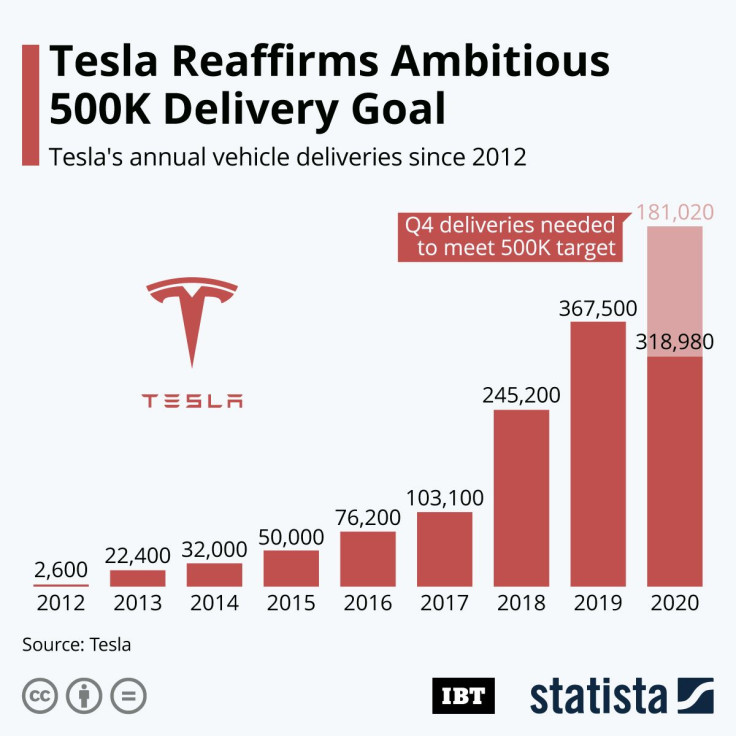Infographic: Tesla Reaffirms Ambitious 500K Delivery Goal

When the first Model 3 rolled off the assembly line in July 2017, Tesla had delivered 183,000 cars in the preceding five years – a number that some of the larger car manufacturers in the world match in a week. The affordable Model 3, marketed as the first mass-market Tesla, was supposed to change that and bring Tesla one step closer to reaching its goal of “accelerating the advent of sustainable transport by bringing compelling mass-market electric cars to market”.
And while it took the company nearly three years to make good on its original promise of offering a version of the Model 3 for as little as $35,000, the production ramp-up following the Model 3’s launch in 2017 has been quite impressive. In 2019, Tesla delivered 367,500 vehicles to customers around the world, more than doubling the combined total for the years preceding the Model 3’s production launch (2012-2016).
It wouldn't be Tesla and Elon Musk if the company didn't have another ambitious output goal for 2020. As the company reiterated in its third-quarter earnings release on Wednesday, the electric vehicle maker sticks to its goal of delivering 500,000 cars this year, despite the pandemic's impact on supply and production in the United States and abroad. "We have the capacity installed to produce and deliver 500,000 vehicles this year," Tesla wrote to its shareholders. "While achieving this goal has become more difficult, delivering half a million vehicles in 2020 remains our target."
As the following chart shows, Tesla needs another record-breaking quarter to meet its ambitious goal. Having shipped an all-time best of 140,000 vehicles in the third quarter, the company needs to ramp up its output by another 30 percent to 180,000 in the last three months of 2020 to reach the targeted 500,000 milestone.





















